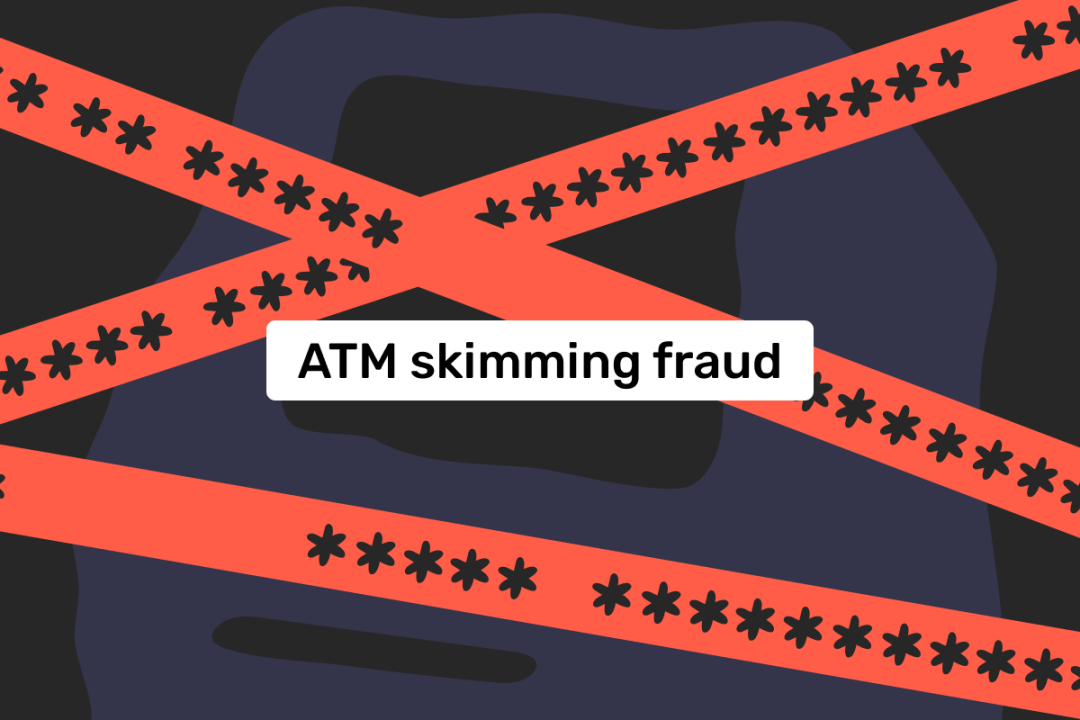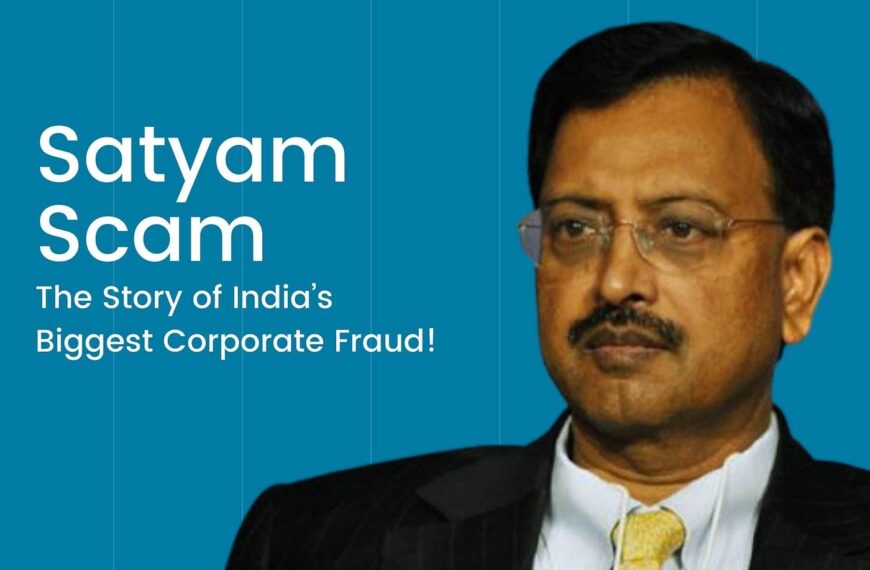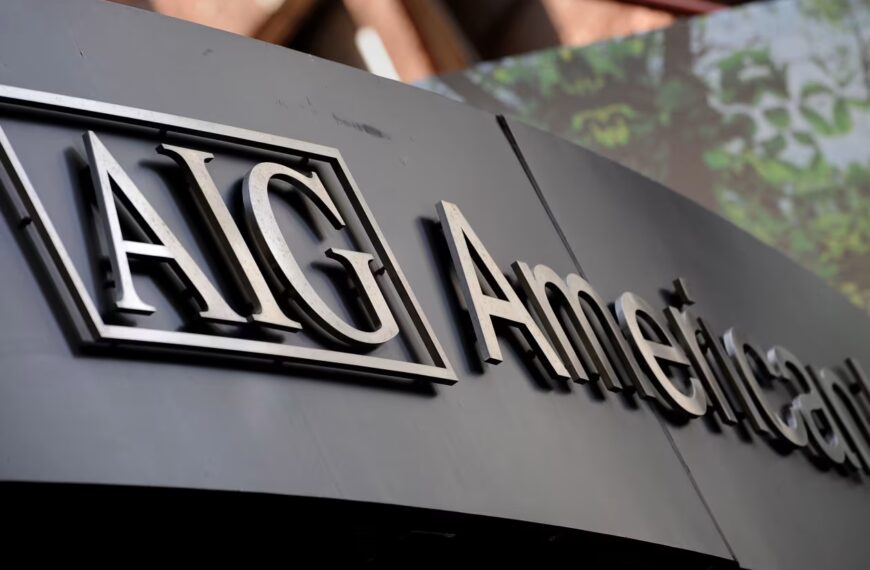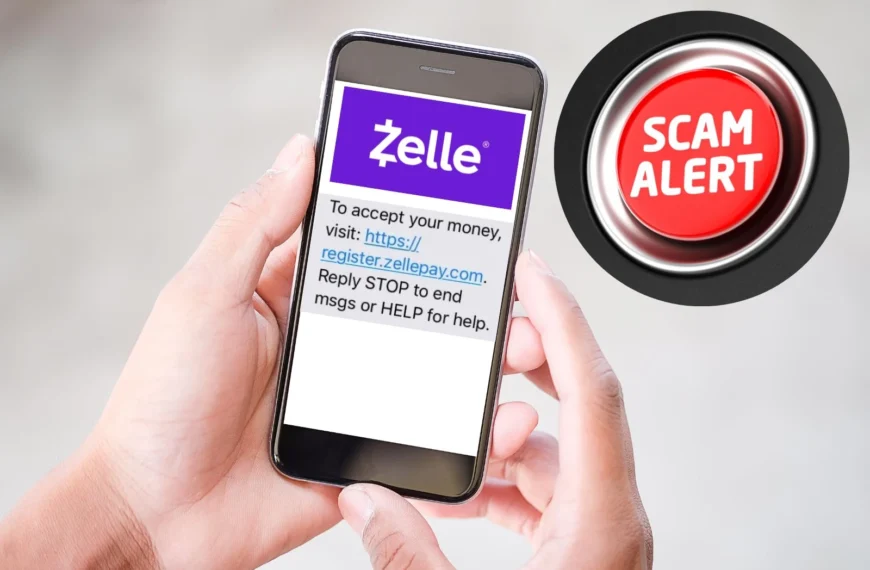In a staggering display of criminal ingenuity, an ATM skimming scam has recently been linked to losses totaling $85 million. This high-profile case has sent shockwaves through the banking and financial security communities, highlighting the advanced tactics fraudsters use to intercept sensitive card data and siphon funds from unsuspecting victims. In this detailed guide, we break down the mechanics of ATM skimming, explain how you can spot signs of tampering, and outline essential steps online users can take to protect their finances.
Understanding ATM Skimming
ATM skimming is a form of financial fraud where criminals install covert devices—known as skimmers—on ATMs or point-of-sale (POS) systems to steal credit or debit card information. These devices are designed to look like a natural part of the machine, capturing the data stored on the magnetic stripe as the card is inserted. In many cases, scammers pair skimmers with hidden cameras or false keypads to record PIN entries, making it possible for them to clone cards and conduct unauthorized transactions.
The recent $85 million scam involved sophisticated skimming devices that were deployed across multiple states. Criminal groups intercepted hundreds of thousands of transactions, extracting vital card data that allowed them to clone cards and withdraw cash on an industrial scale. This type of scam not only results in massive financial losses but also undermines consumer trust in ATM security systems.
The Anatomy of the $85 Million Scam
Although details vary by region, the general modus operandi in this scam followed a similar pattern:
- Device Installation: Fraudsters clandestinely installed skimming devices on ATMs in high-traffic locations—often on machines situated in areas with minimal surveillance. In some instances, additional tools like pinhole cameras or keypad overlays were used to capture PINs without alerting the user.
- Data Collection: As unsuspecting customers used the compromised machines, the skimmers recorded data from their cards. The criminals later retrieved the devices (or downloaded data wirelessly in advanced setups) and used the captured information to clone cards.
- Massive Withdrawals: With cloned cards in hand, the group initiated withdrawals from numerous bank accounts. The cumulative losses reached an estimated $85 million, demonstrating the sheer scale and sophistication of the operation.
This case underscores how rapidly criminals can adapt to emerging technologies while exploiting any gaps in ATM security.
How to Spot an ATM Skimming Scam
Staying vigilant is your first line of defense against ATM fraud. Here are some key indicators that an ATM may have been tampered with:
- Bulky or Misaligned Card Reader: Genuine card readers are securely integrated into the ATM’s design. If the card slot appears to be bulky, misaligned, or has components that feel loose, it could be a skimmer overlay.
- Loose or Damaged Keypad: Examine the keypad before entering your PIN. If it seems loose, has obvious signs of tampering (e.g., adhesive residue or an unusual color), or if the keys feel different from those on other machines, this could be a red flag.
- Unusual Attachments or Cameras: Look around the ATM for any small, out-of-place objects such as miniature cameras or extra wiring near the card slot and keypad.
- Card Insertion Resistance: If your card does not slide smoothly into the machine or feels as though it is catching on something, stop immediately. This resistance may indicate a foreign device is obstructing the slot.
- Signage or Alerts on the ATM: Sometimes scammers place fake stickers or signage on the ATM instructing users to call a specific number for “technical support.” Always be wary of any unexpected instructions posted on or near the machine.
By familiarizing yourself with these signs, you can help protect your personal information and avoid falling victim to similar scams.
Essential Measures to Protect Yourself
While criminals continue to refine their techniques, there are several proactive steps you can take to safeguard your finances:
1. Choose Secure ATMs
- Use ATMs in Well-Monitored Areas: Opt for machines located inside bank branches or in areas with visible security cameras. Machines in high-traffic, well-lit areas are less likely to be tampered with.
- Avoid Isolated or Unsupervised Locations: Standalone ATMs at gas stations or in remote locations are common targets for skimming.
2. Protect Your PIN
- Cover the Keypad: Always shield your hand when entering your PIN to block potential cameras or prying eyes.
- Be Aware of Surroundings: Stay alert and ensure no one is standing too close while you conduct your transaction.
3. Monitor Your Accounts Regularly
- Review Statements Frequently: Check your bank and credit card statements for any unauthorized transactions. Early detection can help limit losses.
- Set Up Alerts: Many banks offer SMS or email alerts for transactions. Activating these notifications can provide immediate insight into suspicious activity.
4. Embrace Modern Payment Methods
- Opt for Contactless Payments: Use mobile wallets or contactless cards that rely on tokenization instead of magnetic stripe data. This technology makes it significantly harder for skimmers to extract usable information.
- Consider Digital Banking Security Features: Enable multifactor authentication (MFA) and other security measures provided by your financial institution.
5. Report Suspicious Activity Immediately
- Notify Your Bank: If you suspect an ATM has been tampered with, report it to your bank right away. They can take steps to investigate and secure the machine.
- Contact Law Enforcement: In case of suspected fraud, file a report with local authorities. Prompt reporting can help disrupt criminal networks and prevent further losses.
Final Thoughts
The $85 million ATM skimming scam serves as a powerful reminder that even as technology evolves, so do the tactics of cybercriminals. By staying informed about the signs of ATM tampering and taking proactive steps to protect your personal information, you can minimize your risk of falling victim to such scams.
Educate yourself, remain vigilant, and always use secure financial practices. Your awareness and timely action are the best defenses against fraud in an increasingly digital world.
For more insights on protecting your finances and staying ahead of cyber threats, be sure to subscribe to trusted financial security blogs and news outlets.
Stay safe, stay informed, and protect your money!














